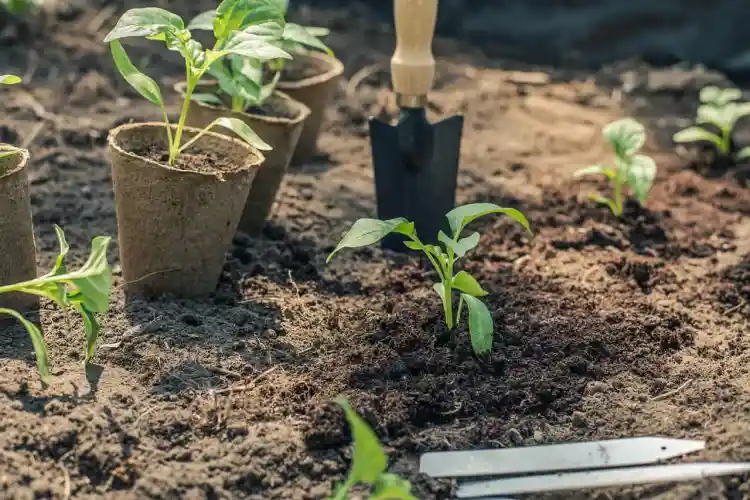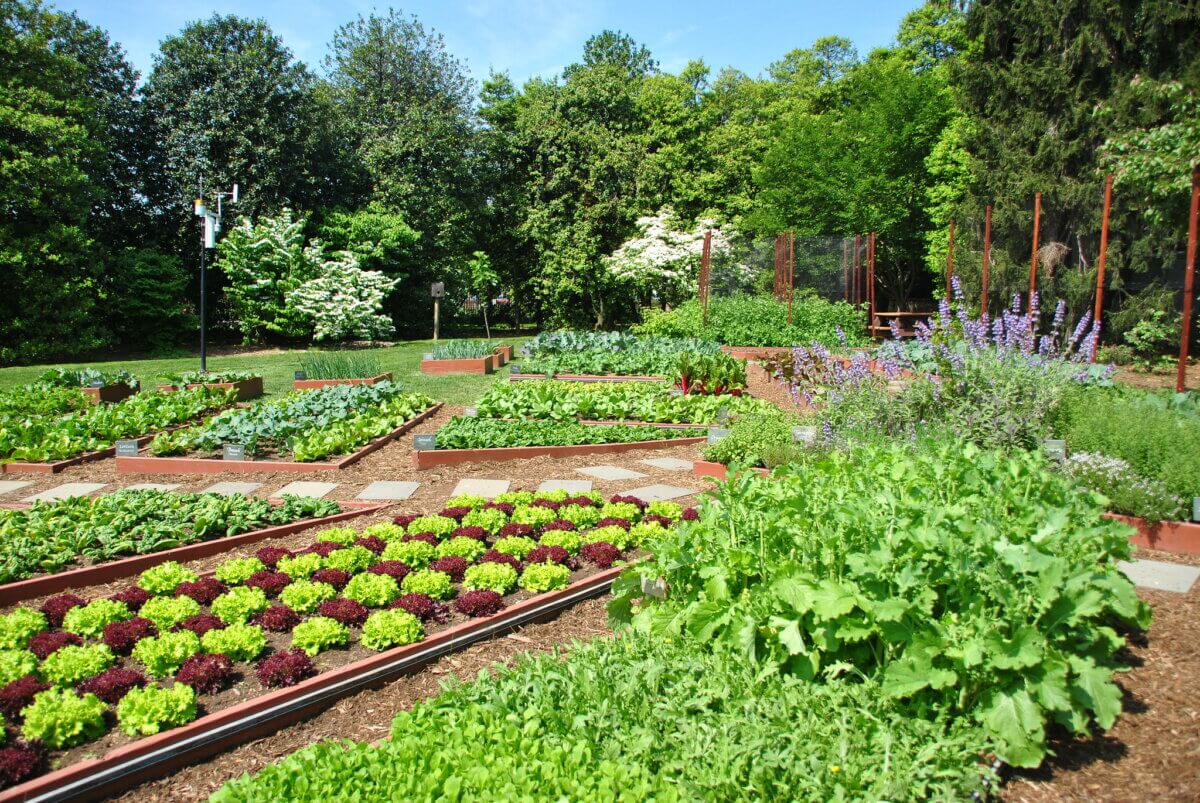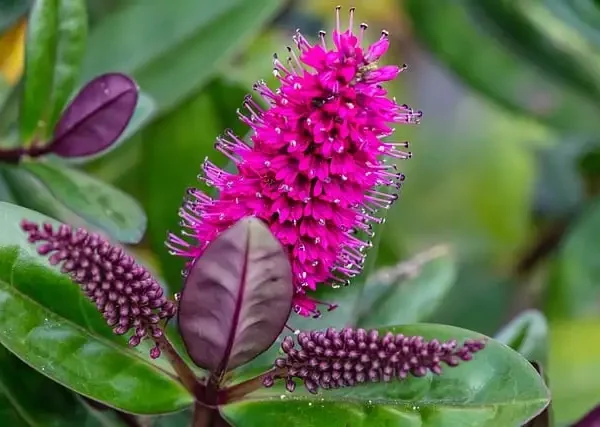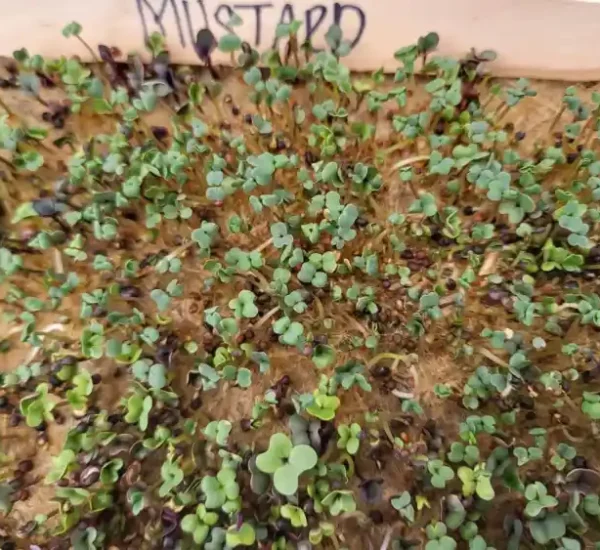Creating a successful traditional in-ground vegetable garden requires careful planning and execution. This expert guide offers practical tips supported by insights from governmental agricultural bodies, horticultural experts, and academic research to help you achieve bountiful harvests.
Selecting the Right Location
Choose a sunny location with at least 6-8 hours of direct sunlight daily for optimal vegetable growth. Ensure the area has well-drained soil and is easily accessible for regular maintenance.
Soil Preparation and Quality
Before planting, test the soil pH and nutrient levels using a soil testing kit. Amend the soil with organic matter such as compost or aged manure to improve its structure, fertility, and water retention capabilities.
Choosing Suitable Vegetables
Select vegetables that thrive in your local climate and growing season. Consider factors such as frost dates, temperature ranges, and the length of your growing season to determine suitable crops.
Planning and Layout
Create a garden layout that optimizes space and sunlight exposure. Use companion planting principles to maximize yield and deter pests naturally. Rotate crops annually to prevent nutrient depletion and reduce disease risks.
Planting Techniques
Follow recommended spacing and planting depths for each vegetable variety. Plant taller crops like tomatoes and corn on the north side of the garden to avoid shading shorter plants.
Watering Practices
Water deeply and consistently, ensuring the soil remains evenly moist but not waterlogged. Use drip irrigation or soaker hoses to deliver water directly to the roots and minimize water loss through evaporation.
Mulching Benefits
Apply a layer of organic mulch, such as straw or shredded leaves, around plants to retain soil moisture, suppress weed growth, and regulate soil temperature. Mulch also adds organic matter as it breaks down.
Fertilization Methods
Use organic fertilizers or compost to provide essential nutrients throughout the growing season. Follow recommended application rates to avoid nutrient imbalances or excessive plant growth.
Pest and Disease Management
Monitor plants regularly for signs of pests and diseases. Use integrated pest management (IPM) techniques, including physical barriers, companion planting, and organic pesticides as needed to minimize damage.
Supporting Vertical Growth
Install trellises, cages, or stakes to support climbing vegetables such as beans, peas, and cucumbers. Vertical gardening maximizes space efficiency and improves air circulation around plants.
Regular Maintenance
Weed regularly to prevent competition for nutrients and reduce pest habitats. Prune plants as necessary to promote airflow and remove diseased or damaged foliage promptly.
Harvesting and Storage
Harvest vegetables at their peak ripeness for best flavor and nutritional value. Properly store harvested produce in cool, dry conditions to extend shelf life and minimize waste.
What is the best location for a traditional in-ground vegetable garden?
Choosing a sunny spot with well-drained soil and easy access to water is ideal for vegetable gardens.
How do I prepare my soil for planting vegetables?
Soil preparation involves testing pH levels, amending with compost or aged manure, and ensuring proper nutrient balance.
Which vegetables are best suited for a traditional in-ground garden?
Select vegetables that thrive in your local climate and growing season, considering factors like temperature and frost dates.
What is companion planting, and how does it benefit my vegetable garden?
Companion planting involves placing compatible plants together to enhance growth, repel pests, and improve yield.
What are the benefits of mulching in a vegetable garden?
Mulching conserves moisture, suppresses weeds, regulates soil temperature, and adds organic matter as it decomposes.
How often should I water my vegetable garden?
Water deeply and regularly, ensuring the soil remains consistently moist but not waterlogged. Use drip irrigation for efficient watering.
What organic fertilizers should I use for my vegetable garden?
Organic fertilizers like compost, aged manure, and organic soil amendments provide essential nutrients without synthetic chemicals.
How can I prevent pests and diseases in my vegetable garden?
Implement integrated pest management (IPM) techniques, including crop rotation, physical barriers, and organic pesticides when necessary.
Should I stake or trellis my vegetable plants?
Supporting vertical growth with stakes, cages, or trellises helps maximize space, improve air circulation, and support climbing plants like beans and cucumbers.
When and how should I harvest vegetables from my garden?
Harvest vegetables at peak ripeness for best flavor and nutritional value. Store harvested produce properly to maintain freshness and quality.
- Explore THC Infused Drinks in New York - May 9, 2025
- The Latest in THC Seltzers Across Texas - May 9, 2025
- Top THC Infused Drinks Available in Oklahoma - May 9, 2025





